Since most of us can’t pop over to England to wander about the halls and gardens of their great country estate, I thought I’d highlight a few of our homegown country houses that are just a car ride, or a plane trip, away. I have purposely omitted the Newport Mansions since they are a given.
Sacramento, California
Leland Stanford Mansion – Stanford was one of the “Big Four,” which was the name given to the entrepreneurs behind bringing the Central Pacific Railroad to the West Coast. He was also briefly governor of California in the 1860s, and was later senator for the state. As one of the wealthiest men in California, he needed a home to reflect his standing, and his original 4,000-square-foot home was expanded to 19,000 square feet in 1871-72. (I once saw Arnold Schwarzenegger standing on its steps when he was Governor!)
Palm Beach, Florida
Whitehall (otherwise known as Henry Morrison Flagler Museum) – During the early 1900s, many wealthy Americans escaped the winter cold for Palm Beach, thus creating yet another colony of the super-rich. This was mostly at the instigation of Henry Flagler, one of the founders of Standard Oil, who was a key figure in the development of eastern Florida. Whitehall was built for Flagler’s third wife, and at three stories and with fifty-five rooms, was one of the largest winter homes in the area.
Asheville, North Carolina
Biltmore – George Washington Vanderbilt II was quiet in comparison to his brothers, but he contributed to the Vanderbilt tradition of building grand homes all the same. Biltmore was seven years in the making, and not only employed a large number of people to clear the land and build George’s “little mountain escape,” but was designed to be self-sufficient like a real English country estate (with a poultry farm, dairy, etc).
Lenox, Massachusetts
Ventfort Hall – This Jacobean-style mansion was built in the early 1890s for J.P. Morgan’s sister Sarah and her husband George Morgan. Situated in the heart of the Berkshires, then the place for an autumn retreat, it comprised of “50 rooms in a total of 28,000 square feet (2,600 m2) of living space, including 9 main bedrooms and 10 servant’s bedrooms, 7 bathrooms, and 17 fireplaces.”
Winterthur, Delaware
Winterthur – Built by wealthy collector and horticulturist Henry Francis du Pont in the spirit of European country homes, Henry opened his home to the public in 1951. The house has “175 period-room displays and approximately 85,000 objects,” of which “spans more than two centuries of American decorative arts” and a library that “includes more than 87,000 volumes and approximately 500,000 manuscripts and images, mostly related to American history, decorative arts, and architecture.”
Portland, Oregon
Pittock Mansion – Built by Portland tycoon Henry Pittock in 1909, this French Renaissance-style “château” has 22 rooms on 46 acres and provides a panoramic view of Downtown Portland.
Jenison, Michigan
Husband-Hanchett-Tiffany House – The Jenison twins, Lucius and Luman, built their fortune in lumber. When the brothers died in 1899, Margaret Hubbard, their bookkeeper, used the legacy they left to her to build this two-story, ten bedroom mansion.
Redlands, California
Kimberly Crest – Though the home is named after John Alfred Kimberly, a co-founder of Kimberly-Clark paper company, who purchased the home in 1905, it was actually built in 1897 for Mrs. Cornelia A. Hill, one of the pioneers of Redlands. Its near duplicate is The Magic Castle, a nightclub for magicians and magic enthusiasts, that was built in Hollywood in 1909. The most striking feature of Kimberley Crest is its 6 ¼ acre Italianate garden.
Hyde Park, New York
Springwood – the birthplace and lifelong home of 32rd President Franklin Delano Roosevelt.
Wilmington, Delaware
Nemours – Another Du Pont home, this one a 300-acre classical French mansion and estate built in 1909-10 by Alfred I. du Pont. The garden, in the French formal style, is patterned after the gardens of Versailles surrounding the Petit Trianon, and is the largest of its kind in North America. Inside are rare French 18th century furniture, artworks ranging from 16th century religious works to early works by Americans Frederic Remington and Sidney Lawrence, and a rare Louis XVI musical clock, which plays four different tunes on a dulcimer and pipe organ.
Chicago, Illinois
Glessner House – Located on Prairie Avenue, the preeminent address for Chicago’s Gilded Age elite, Glessner House was built in the late 1880s for John and Frances Glessner. Glessner earned his wealth in farm machinery manufacturing, and his firm and four others merged to form International Harvester, which became the fourth largest corporation in the country. The home was built to include a courtyard, which let in copious amounts of natural light in all corners of the house, and this distinct design raised the eyebrows of Glessner’s more traditional neighbors.
Washington, D.C.
Decatur House – This house is unique in that the first floor is decorated in the style of its year of origin (1818) and the upper floor is decorated in the style of its heyday (early 1900s), and it has one of the few examples of slave quarters in an urban area. So the house focuses on both the changes made to its interiors over the course of the 19th and 20th centuries and on lives of its African-American inhabitants.
Independence, Missouri
Vaile Mansion – From the official website, which couldn’t describe it any better: “Built by Colonel and Mrs. Harvey Vaile in 1881. The 31 room mansion includes 9 marble fireplaces, spectacular painted ceilings, flushing toilets, a built-in 6,000 gallon water tank, and a 48,000 gallon wine cellar. This mansion is one of the best examples of Second Empire style architecture in the United States. David McCullough, author of TRUMAN was awarded the 1993 Pulitzer Prize in Biography for his book. On page 51, McCullough describes the Vaile: ‘The Vaile house on North Liberty, the showiest house in Independence, was a towering stone-trimmed, red brick Victorian wedding cake, with thirty-one rooms and Carrara marble fireplaces. The Vaile stable had mahogany paneled stalls. There was a greenhouse and four full time gardeners. If Harvey Vaile, who made his money in “pure water” and contract mail delivery, was not the richest man in town, he certainly lived as though he were.'”
Beaumont, Texas
McFaddin-Ward House – The McFaddins were wealthy Texan ranchers, and this 12,800-square-foot Beaux-Arts Colonial Revival style mansion was built for William P.H. McFaddin in 1905-06. Also built the around the same time was an equally large carriage house, which had a stable, hayloft, garage, gymnasium and servant’s quarters.
Portland, Maine
Victoria Mansion – This brownstone Italianate villa was completed in 1860 as a summer home for hotelier Ruggles Sylvester Morse, who died in 1893. The house and its contents were then sold to Joseph Ralph Libby, a Portland merchant. Opulent and ostentatious as were most homes built by wealthy Americans during the 19th century, it also boasted the latest amenities, including wall-to-wall carpeting, central heating, gas lighting, and hot and cold running water.


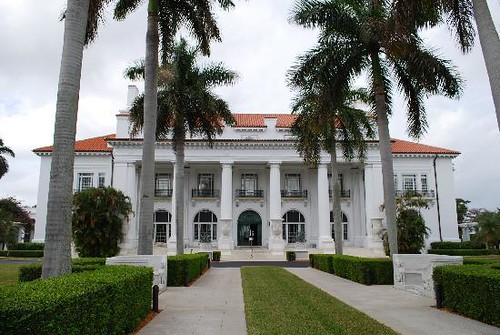
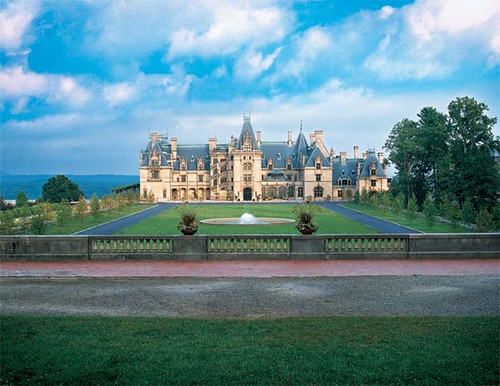

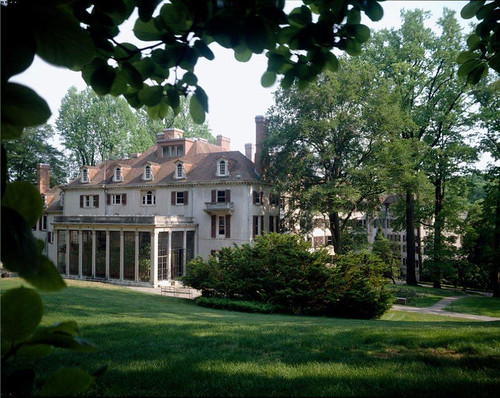
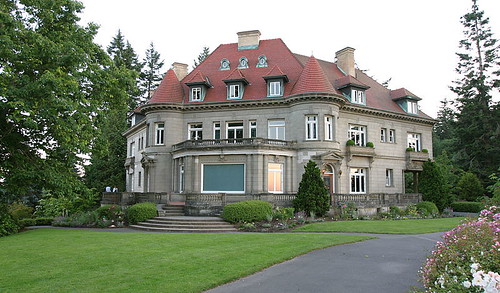

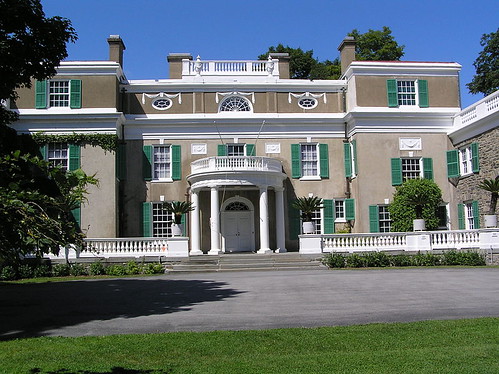





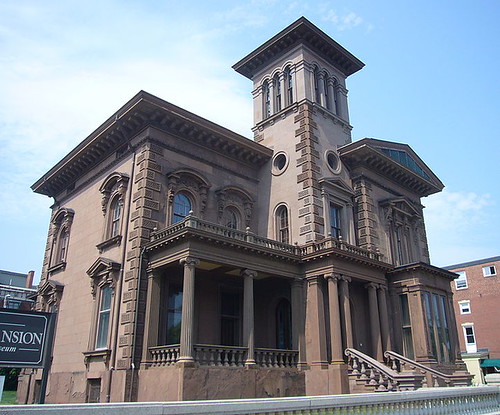



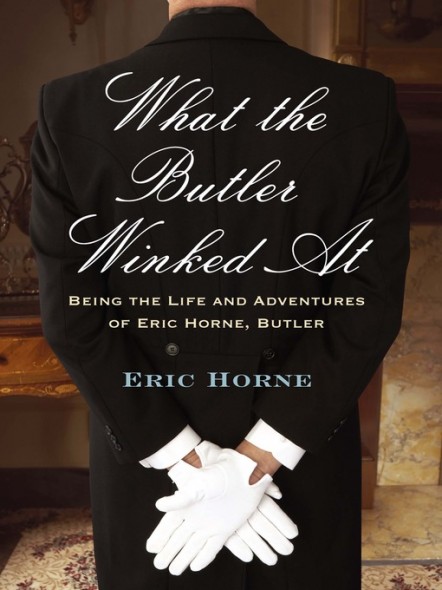
Fantastic post. I live in Portland… the Pittock mansion during the holidays is spectacular. Am heading to Sacramento late March and will check out the Leland Mansion while there!
Evangeline, from an English Lady’s perspective, I really enjoyed this post. Apart from the obvious great houses of Fifth Avenue and Newport, and the other obvious colonies, some of these I wasn’t aware of. Thank-you for educating me a little more.
The Pabst mansion in Milwaukee is very interesting .
St. Augustine Florida has many of the places that the wealthy people visited in the 1890s and early 20th Century.
The Hotel Ponce De Leon, now Flagler College and the Alcazar Hotel now the Lightner museum.
I would also add Craigdarroch Castle in Victoria, BC. It’s amazing.
Thank you for the great information about these houses! Not open to the public, in Lakewood, NJ is “Georgian Court University” the former home of George Jay Gould. It was sold, after his death, by the ten children to the Sisters of Mercy for their Women’s College with the proviso that the name be kept. Lakewood was once the home to many industrialists and a lovely town. Our County Park is the former estate of John D. Rockefeller, one of the founders of Standard Oil.
Thank you for posting this! I adore architecture, and while I’m more of a fan of Craftsman and mid-century modern, I delight in seeing beauties of all past periods. They don’t build them like that anymore. . . .
I’ve been to Biltmore and driven past the Decatur House countless times. There are some old beautiful homes in DC too.
On Sunday, May 5, 2013, Winterthur Museum announced that it will be hosting Costumes of Downton Abbey in the Galleries exhibit, opening March 1, 2014!
Fantastic! Thanks for informing me.